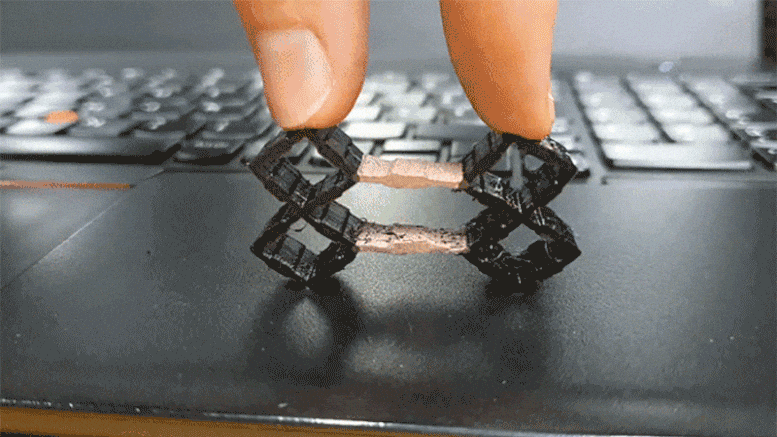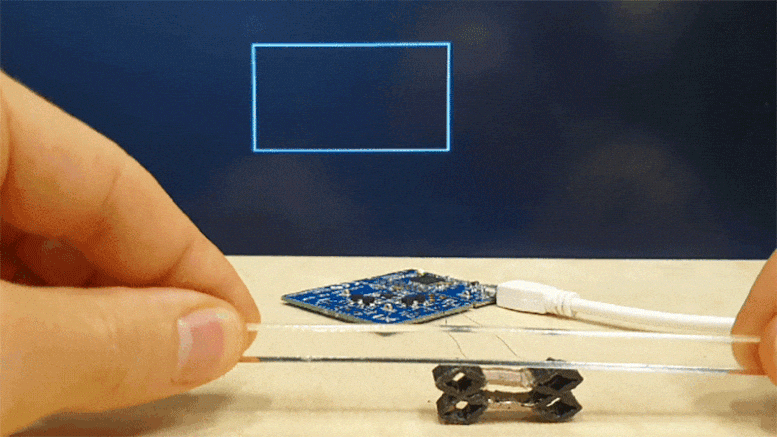3D printing is the future of creating objects and materials in a way that has never been done before. Unique innovations and breakthroughs are being applied continuously to improve the sector and bring convenience and modernization to the industry. recently, a team of researchers and scientists at MIT have discovered a way of using 3D printing to detect the sense in which the object printed is being used.
The objects can be 3D printed and sense the way in which they will be used. For example, this can be used by designers who make devices like joysticks or switches with the help of 3D printing. In order to achieve this ability, metamaterials are used in the making of these objects.

The paper is written by Jun Gong, a former visiting Ph.D. student at MIT who is now a research scientist at Apple. He completed the paper alongside fellow lead authors Olivia Seow, a graduate student in the MIT Department of Electrical Engineering and Computer Science (EECS), and Cedric Hornet, a research assistant in the MIT Media Lab. Other co-authors are MIT graduate student Jack Forman and senior author Stefanie Mueller, who is an associate professor in EECS and a member of the Computer Science and Artificial Intelligence Laboratory (CSAIL). The research will be presented at the Association for Computing Machinery Symposium on User Interface Software and Technology next month.
Metamaterials are made of grids of electrons, hence, when pressure is applied to the object, the electron makes it easy for the sliding motion to occur. “Conductive shear cells,” are created that are made from the conductive filament and nonconductive filament. The conductive walls function as electrodes. The test was done as an input to a Pac-Man game where the joystick was moved across different directions as a trial.

Furthermore, they created a music controller to conform to a user’s hand. When the user presses one of the flexible buttons, conductive shear cells in the structure are compressed and the sensed input is sent to a digital synthesizer. This characteristic allows the designers to make quick and flexible interactive gadgets or devices.
Metasense is the 3D software created by the team that enables users to manually integrate sensing into a metamaterial design or let the software automatically place the conductive shear cells in optimal locations. “The tool will simulate how the object will be deformed when different forces are applied, and then use this simulated deformation to calculate which cells have the maximum distance change. The cells that change the most are the optimal candidates to be conductive shear cells,” Gong says. More details about the project can be found here.
In the future, more functionalities will be added to the software to make more complex devices. Currently, the research is supported by National Science Foundation.


